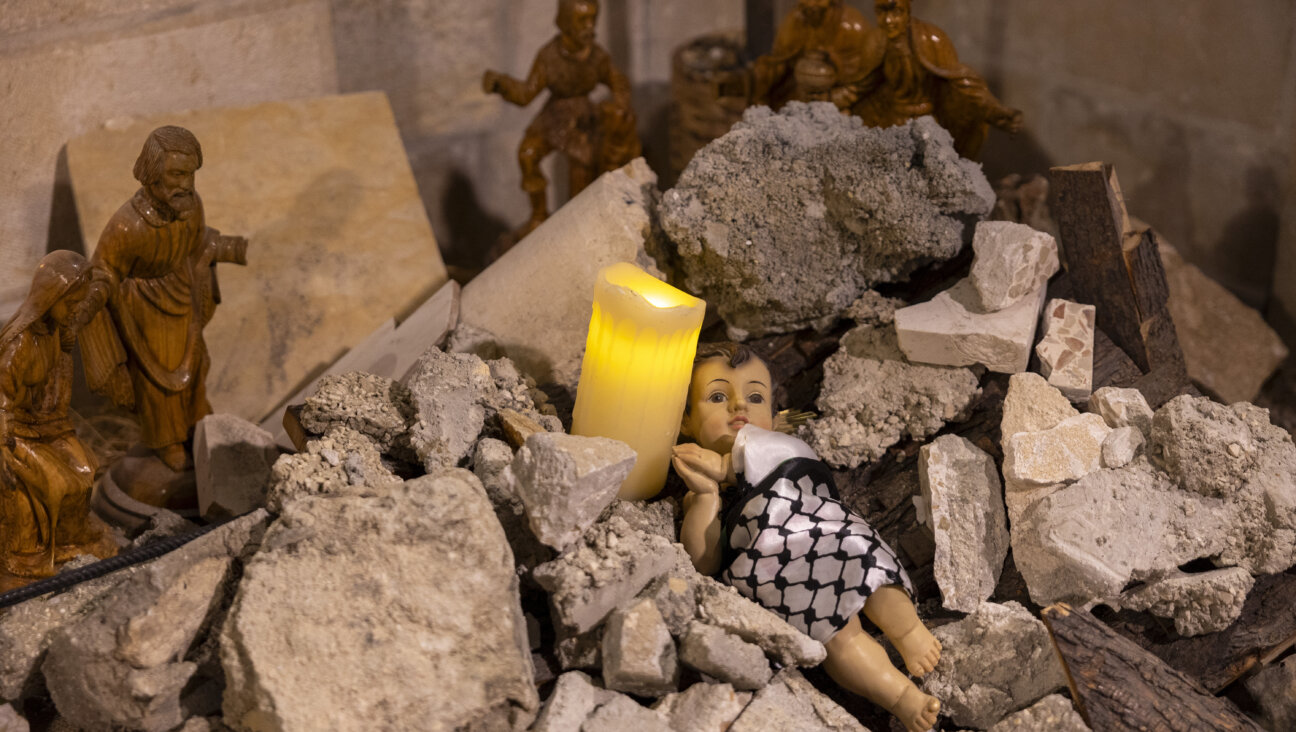Glory From Garments
Back when “multimedia” implied the use of a bank of slide projectors and a stereo sound system, coordinated by an electronic device designed especially for that purpose, one site on the tourist circuit of Boston was a “multimedia” show about the city, “Where’s Boston?” One detail in a series of visual images from a celebration by an African American fraternal organization caught my eye. It was the red fez worn by each of the members, each fez adorned with the words “Holy to the Lord.” I wondered, as I noticed it, whether anyone else recognized the inscription as the one that appears on the headpiece of Aaron, the original high priest of the Israelite cult, in this week’s Torah portion (in Exodus 28:36-38).
That inscription’s long journey took it not only out from the wilderness of Sinai as far as the shores of the Atlantic, but also from the exclusivity of the high priest’s garments to a democratized dissemination among all the members of that adult fraternity. Both of those directions of motion have their counterparts in Jewish uses, too, of the motifs of the high priest’s vestments.
Already within the Bible itself, the blue cord (p’til t’khelet) by which the plate (tzitz) bearing that inscription is fastened to the high priest’s headpiece appears also on the corner fringe (tzitzit) on the garment of every Israelite (Numbers 15:38). Professor Jacob Milgrom has argued quite convincingly that tzitzit included a combination of linen and wool that was otherwise forbidden to be worn by anyone but the high priest — another link between the high priest’s garments and the clothing of commoners.
Another way in which the motif of the priestly garments became the heritage of all Israelites operates at the level of language. The chapter of Exodus that prescribes the vestments of the priests, chapter 28, offers, at its beginning and end, a two-word explanation of their function. In verse two, Moses is told, “You are to make garments of holiness for Aaron your brother, for glory and for splendor [l’khavod ultifaret].” At the chapter’s conclusion, he is told, “And for the sons of Aaron you are to make coats, you are to make them sashes, and caps you are to make for them, for glory and for splendor.” The word translated here as “glory,” kavod, is a term whose use is, as Everett Fox notes in his translation of Exodus, “a key term in the book, and always applied to God, never to [Moses], for instance.”
By using such a distinct term, the author of our chapter “signals what is at stake,” Fox writes. The Torah has already answered one of the questions asked by later commentators: For whose glory and splendor are these magnificent garments prescribed? Are they intended to glorify their bearer, or is the priest’s splendid appearance supposed to direct our thoughts elsewhere? If their purpose is kavod, the priests’ working garb is intended to represent a reflection of God’s own appearance, which is always described obliquely as God’s kavod: The manifestation of God’s presence is called God’s “glory.”
For the veteran synagogue-goer, or even for someone less often found at synagogue but whose well-rehearsed bar- or bat-mitzvah preparations can still be brought to mind, the pithy phrase l’kavod ultifaret will sound immediately familiar. It features at a major pausal juncture in the text of the blessings following the Haftarah. The last in that series of benedictions thanks God “for the Torah, and for the Temple worship, and for the Prophets, and for this Shabbat day, which you have given us, Adonai, our God, for sanctity and for rest, for glory and for splendor; for all these… we thank You….”
The link between our phrase from Exodus and the Haftarah blessing has a literary history, one that we can trace. It begins with the use of the verbal form of kavod (“glory”) in Isaiah 58:13-14, where we are called upon to keep the Sabbath mekhubbad (“glorified”). It continues in the Babylonian Talmud (Shabbat 113a), where that verse is interpreted as a call to make our Sabbath clothing different from our weekday clothing, thus linking together “glory,” clothing, and Sabbath.
Whether those literary precedents were in the mind of the author of the Haftarah blessing or not, we hear a clear echo of Exodus in that liturgical composition. The identification of the Sabbath with the priests’ ritual clothing implies that the Sabbath is our Temple and, even more daringly, that we ourselves are the priests who give service there. Even without a Temple, even far from the Land of Israel, even in a world of a democratized Judaism with the priestly caste assigned only occasional symbolic functions, the Torah’s concept of glorifying God amid the Jewish people, as once the priests did with their magnificent finery, still speaks to us today.
Peretz Rodman, a Jerusalem-based teacher and writer, is spending this year as rabbi and scholar-in-residence at The Adelson School, the Las Vegas Jewish community’s new high school, opening in August.
A message from our Publisher & CEO Rachel Fishman Feddersen

I hope you appreciated this article. Before you go, I’d like to ask you to please support the Forward’s award-winning, nonprofit journalism during this critical time.
We’ve set a goal to raise $260,000 by December 31. That’s an ambitious goal, but one that will give us the resources we need to invest in the high quality news, opinion, analysis and cultural coverage that isn’t available anywhere else.
If you feel inspired to make an impact, now is the time to give something back. Join us as a member at your most generous level.
— Rachel Fishman Feddersen, Publisher and CEO






















